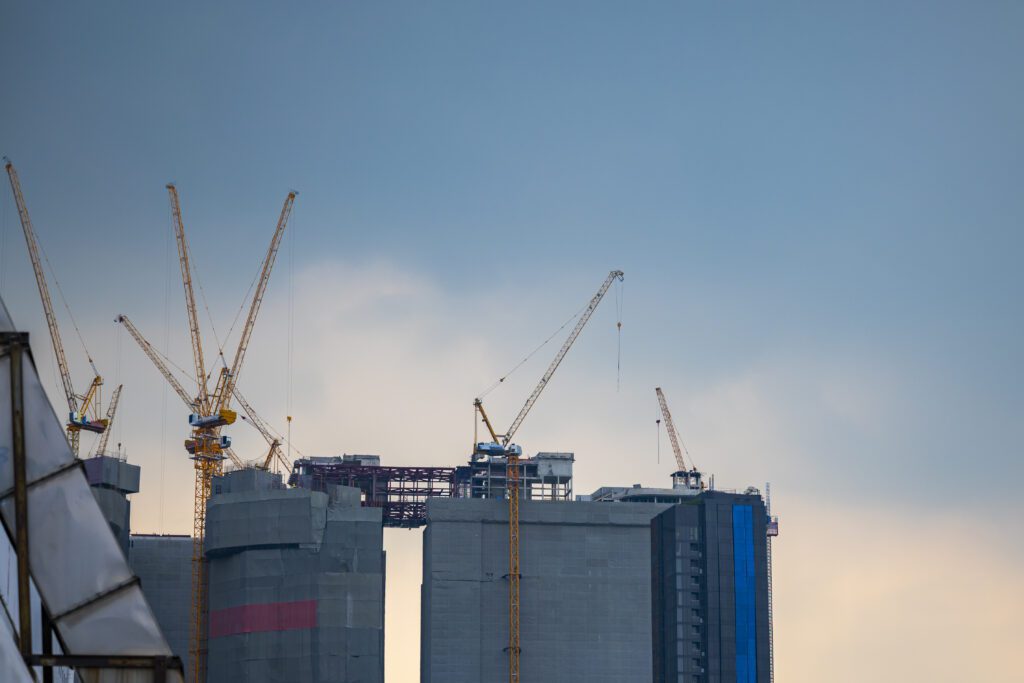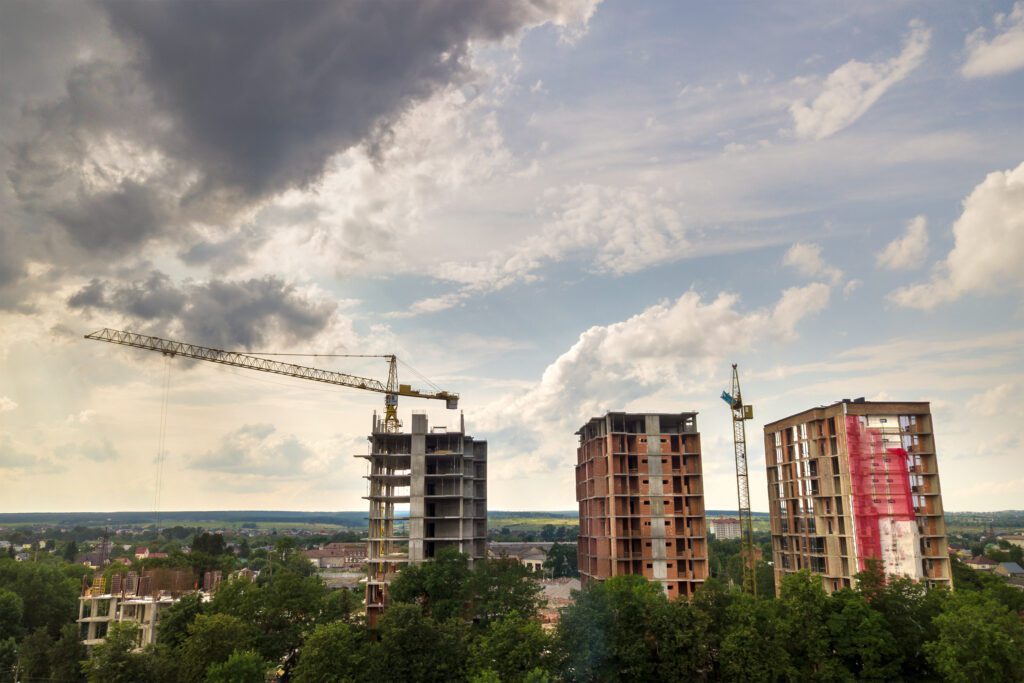After construction scheduling for over 30 years and preparing expert reports for many of those, I find myself still learning on every project. I remember in one of my first dispute resolution cases, almost 25 years ago, a construction attorney I was working with told me, “You guys are half science and half voodoo.” The term “voodoo” , he explained, was a reference to the expertise of pulling something out of nothing, which I think he considered somewhat valuable. I prefer the term “art” for that practice. At the time I didn’t appreciate the implications of the statement. But I’ve learned that both science and art are part of the delay analysis process. The question is, where does the science start and where does the voodoo, or art, come in?
Most of my professional career has been spent trying to perfect the science of scheduling and delay analysis. The years I spent teaching in a university engineering program, with the preparation that that required, and the time training our firm’s scheduling staff, as well as client’s staff, has focused on this science aspect of scheduling and delay analysis. The answer to the art, however, didn’t come from a scheduling book. Instead, a significant portion of it has become obvious from my personal life. I studied history in school and have been a lover of history ever since. These days, I spend much more time reading history books than books on scheduling and delays. For years I thought my history background was a detriment to my resume, since most opposing experts were engineers. However, my studies in history has taught me a lot about preparing delay analyses. Not only do I see my reports as history papers, I’ve discovered, from my studies in history, some great lessons on the art of delay analysis.
As a result, I don’t believe the science and art of delay analysis are as different as you might think. In a lot a ways historians and scheduling experts have the same challenges. Good historians learn to avoid anachronism – looking at history from the lens of current culture – and expend the effort to see historical events from a historical perspective. In the scheduling and delay analysis world we call the historical perspective the “Contemporaneous Time-Frame”.
Good delay experts must do the same thing as good historians. It’s not enough to get the analytics right if historical perspective is left out of it. The “science” is the analytical component; the historical perspective is the “art” that helps the analytics make sense. Thus, delay analyses are much more reliable when evaluating the contemporaneous schedules from the contemporaneous perspective.



